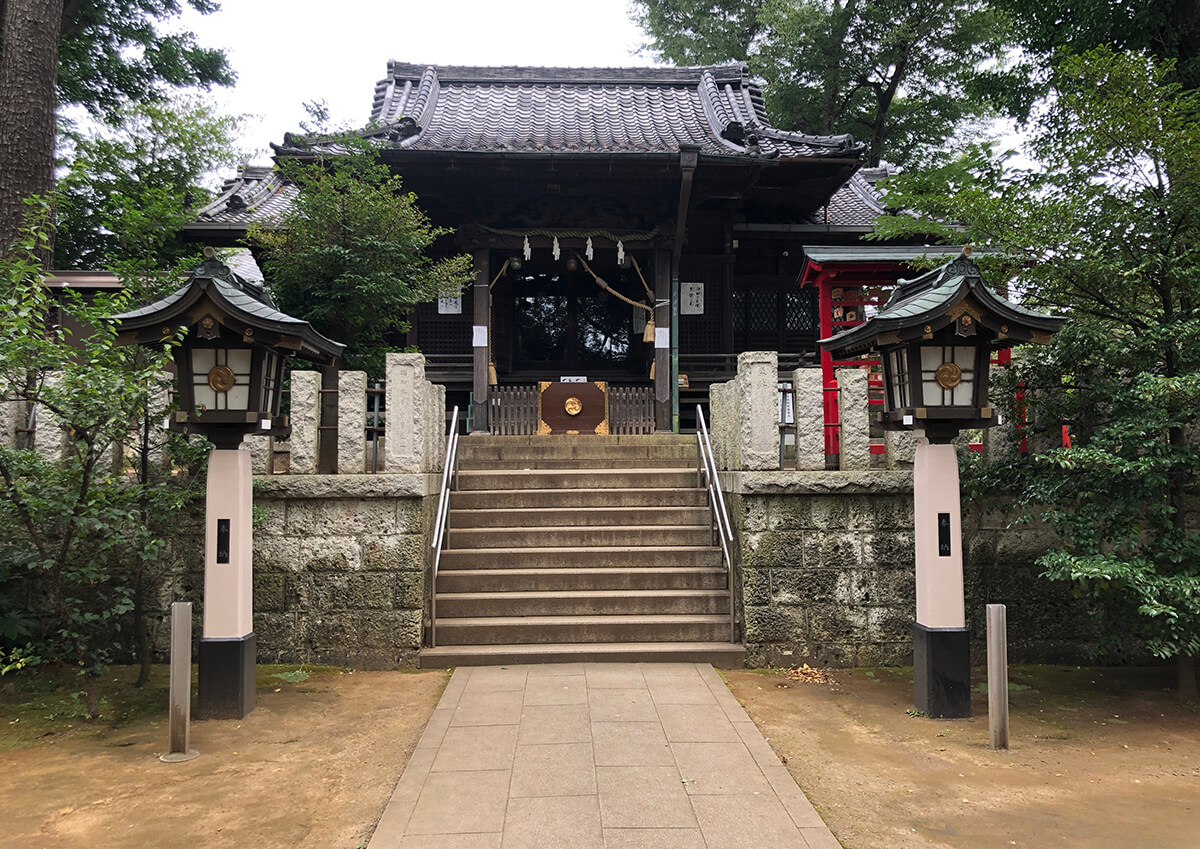Senzoku-ike, which is also the name of the Tokyu Ikegami Line station, is right in front of you when you get off the station.It is a park where you can enjoy cherry blossoms in spring, boating in summer, autumn leaves in autumn, and a paradise for migratory birds in winter.I would like to introduce Senzoku Hachiman Shrine (Senzokuike Hachimangu Shrine), the guardian of Senzokuike.
History of Senzoku Hachiman Shrine
Yoritomo’s banner raising
The history of Senzoku Hachiman Shrine is very old, dating back to 860 in the early Heian period (794-1185), when it was the chief shrine of Senzoku-go, Ebara-gun, Musashi Province.
The shrine was founded in 860 in the early Heian period (794-1185), when the deity was welcomed from Usa Jingu Shrine (present-day Usa City, Oita Prefecture), the head shrine of the Hachiman faith, which was the deity of the Minamoto clan.
This is the first time that the god was enshrined here.
After the Taira-no-Masakado Rebellion of 935, Tadakata Fujiwara, the deputy shogun of the local government, set up his residence here and revered it as a local deity. This Tadakata is said to be the founder of the Ikegami clan, who later became followers of Nichiren Buddhism.
Later, the shrine would be marked by a history deeply connected to the Minamoto clan.
Minamoto no Yoshiie (Hachiman Taro) prays for victory in battle on his way to pacify Ou.
Minamoto no Yoritomo was defeated in the Battle of Ishibashiyama in 1180 and set up camp here on his way from Awa to Kamakura.
He meets a horse and later takes it as his companion
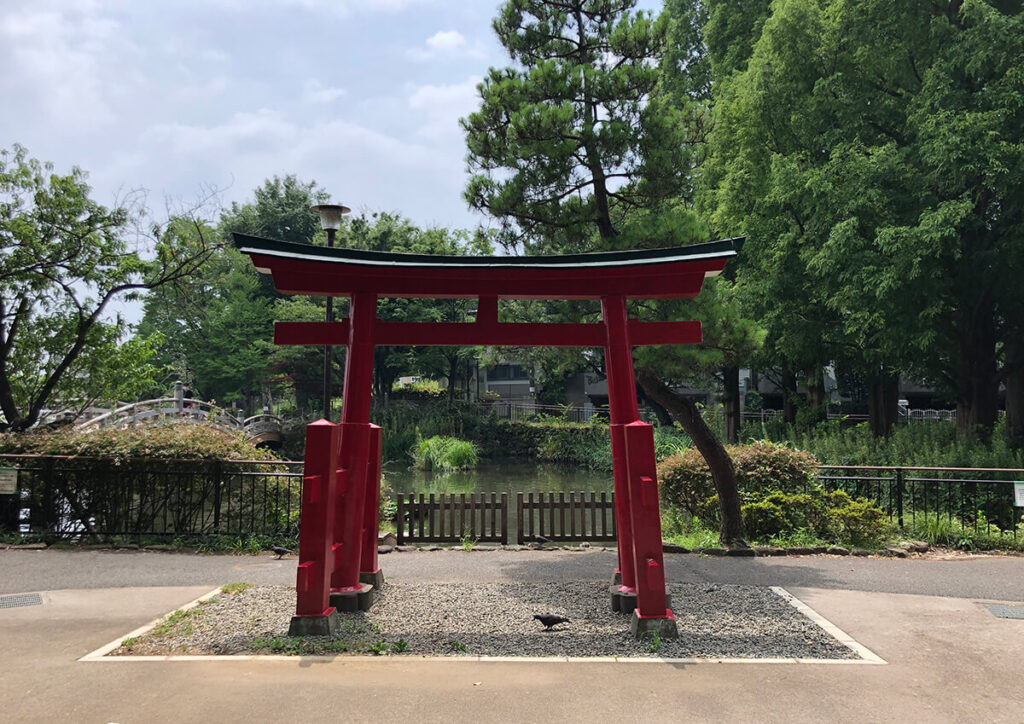
Sights to see of Senzoku Hachiman Shrine
Senzokuike Pond
A freshwater pond park with a spring as its main water source.The name comes from the fact that Nichiren Shonin washed his feet in the pond’s water.In the Edo period (1603-1868), Utagawa Hiroshige’s “One Hundred Famous Views of Edo” (Senzoku no Ike Kesa Kake Matsue) depicted the scenery of this area.You can enjoy nature to the fullest with cherry blossoms in the spring, dragonflies flying around the water in the summer, autumn leaves in the fall, and a paradise for migratory birds in the winter. There are boats available for rent, and the view of the pond and the shimmering surface of the water while rowing a boat is exceptional.
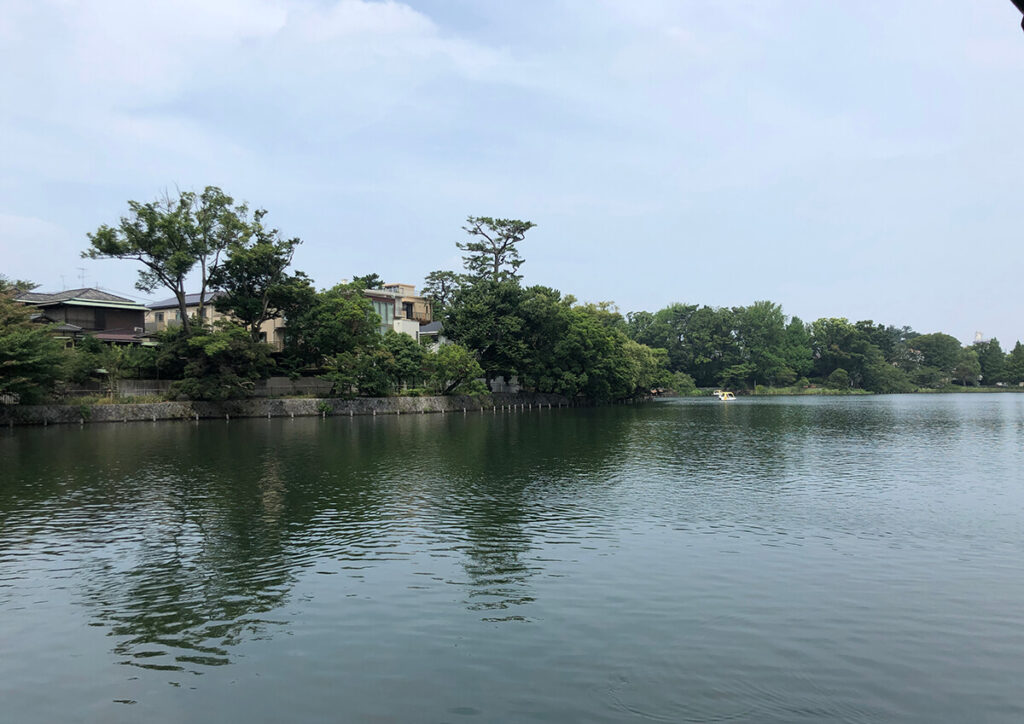
Ikezuki Bridge
Ikezuki Bridgee is on the route from Senzoku-ike to the shrine. It is named after Yoritomo’s favorite horse, Ikezuki. The three gently sloping taiko bridges mark the time when you can take your time to enjoy the seasonal scenery.

Statue of Ikezuki
When Minamoto no Yoritomo was setting up his camp, a wild horse appeared. The horse’s blue coat with white spots looked like a beautiful moon reflected in a pond, and it was named “Ikezuki”, which became Yoritomo’s favorite horse. The beautiful figure of “Ikezuki” was made into a statue, which is still dedicated to the god.

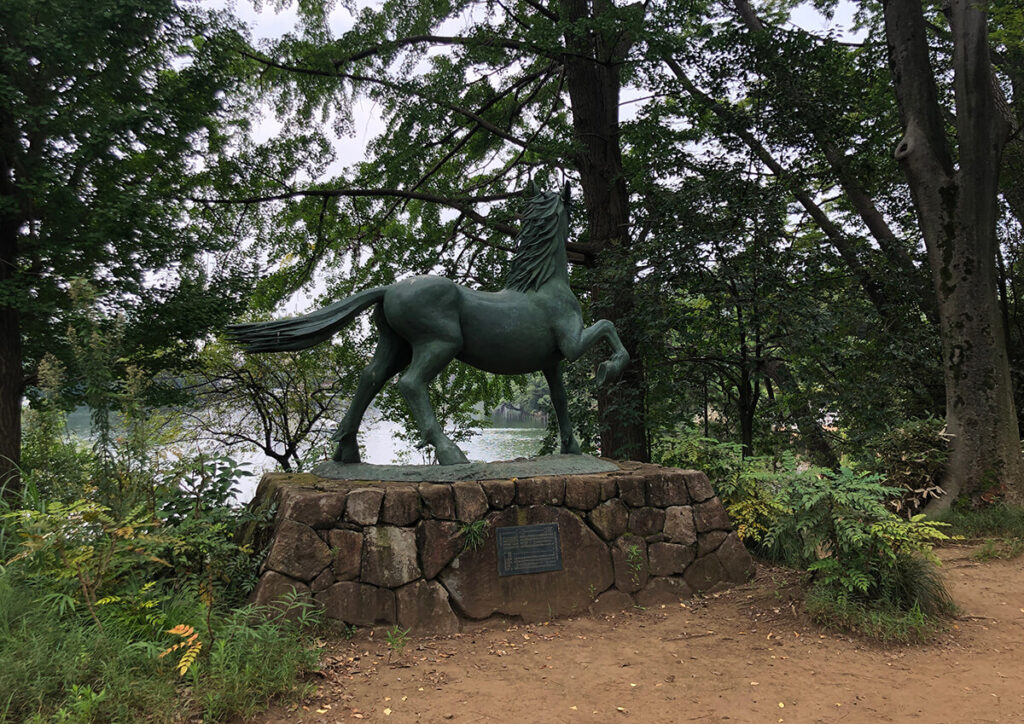
Myoufukuji Temple
The name “Goshoan” is derived from “Goshoan,” a place related to Nichiren that was originally built in the Kamakura period (1185-1333) on the banks of Senzoku Pond. The pine tree of Goshoan is the pine tree where Nichiren put his vestments when he washed his feet in the pond. The pine tree became known as the “Kesa-kake Pine” and the third generation of the tree is now enshrined here.
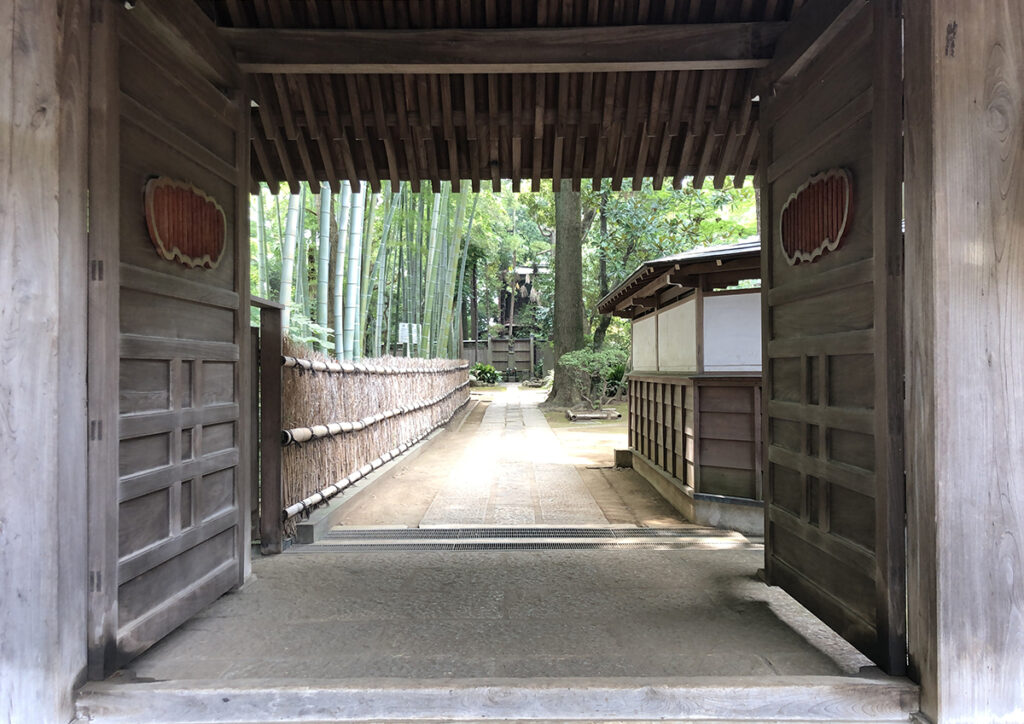
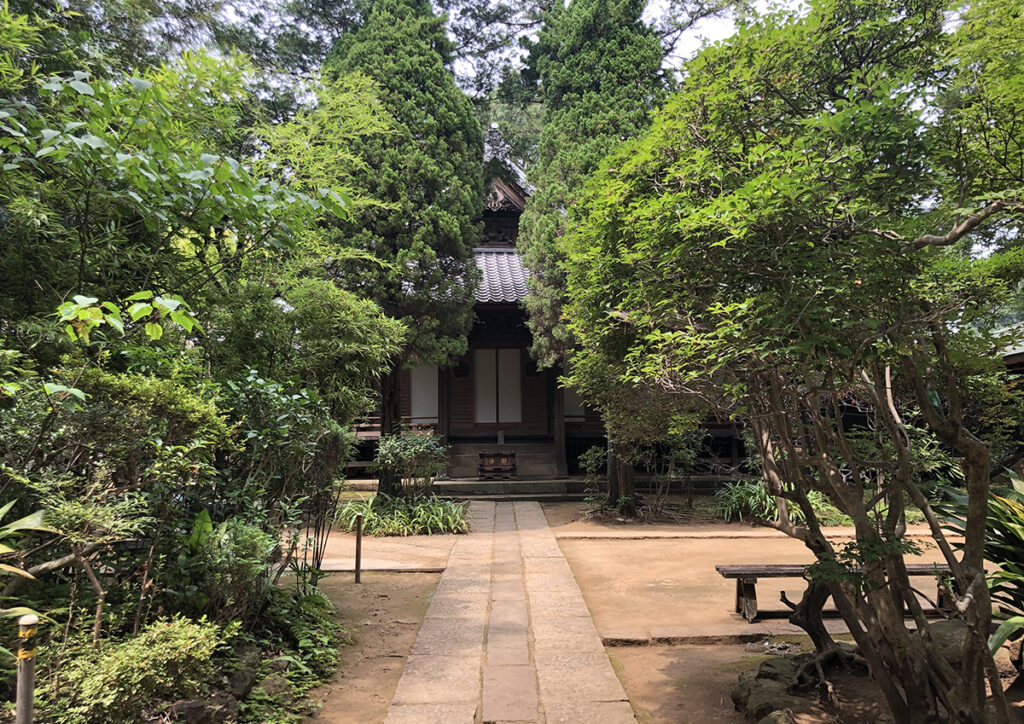
Katsu Kaishu Memorial Museum
We focused on a stylish building built in 1933 on the banks of Senzoku Pond.This building is the former Seimei Bunko. The Seimei-kai was an organization that promoted the enlightenment of Eastern civilization based on Buddhism and Confucianism.Built for the purpose of a storeroom and an auditorium, the building has a simple square shape, but the four pillars rising up from the top of the main entrance are based on the neo-Gothic style, and the pointed pillars, window lattices, and colorful mosaic tiles on the walls give it an ornate appearance.
It was registered as a national tangible cultural property in 2000. In 2012, it became the property of Ota Ward and was opened as a memorial museum for Kaishu Katsu, who lived by Senzokuike Lake, and the historical building is preserved and utilized.
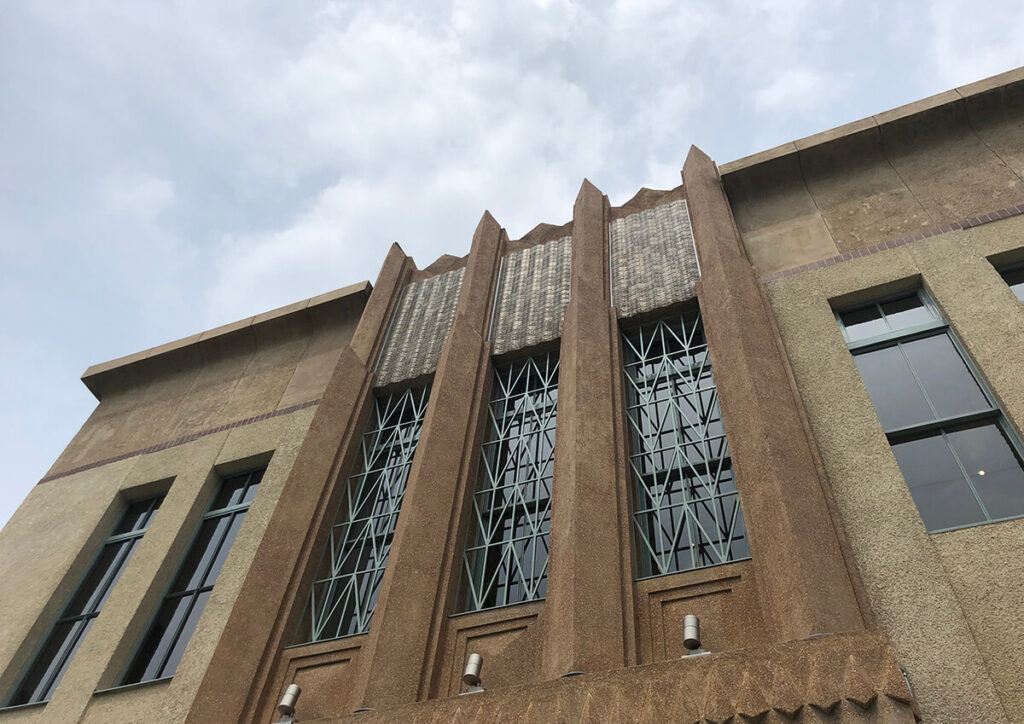
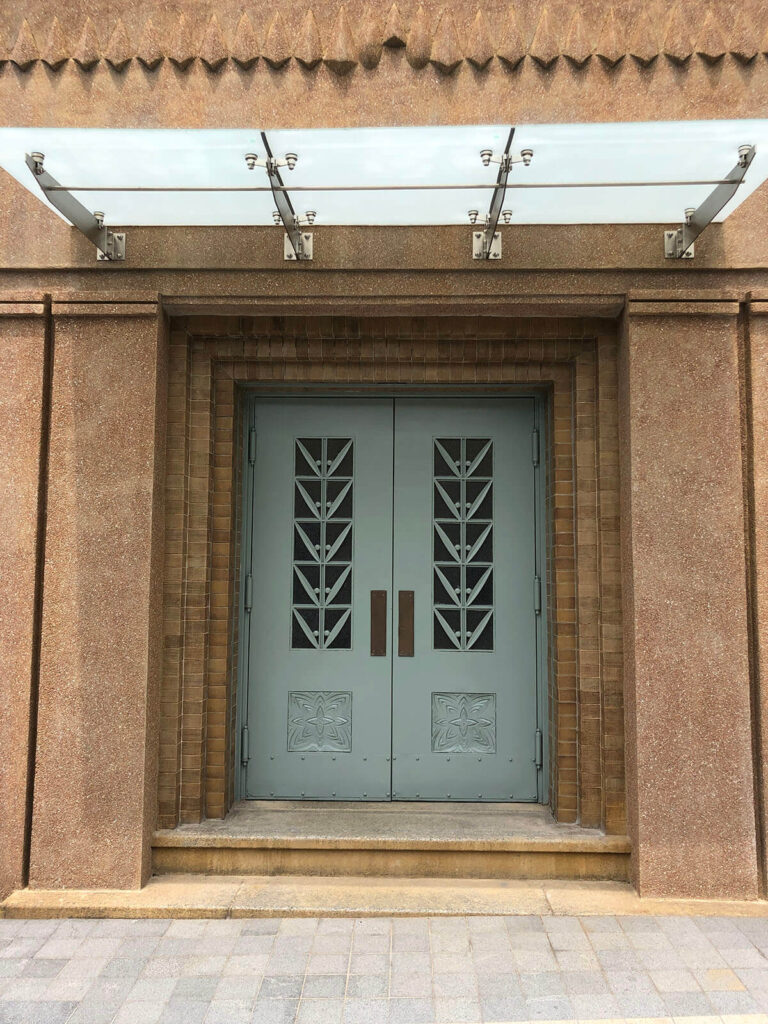
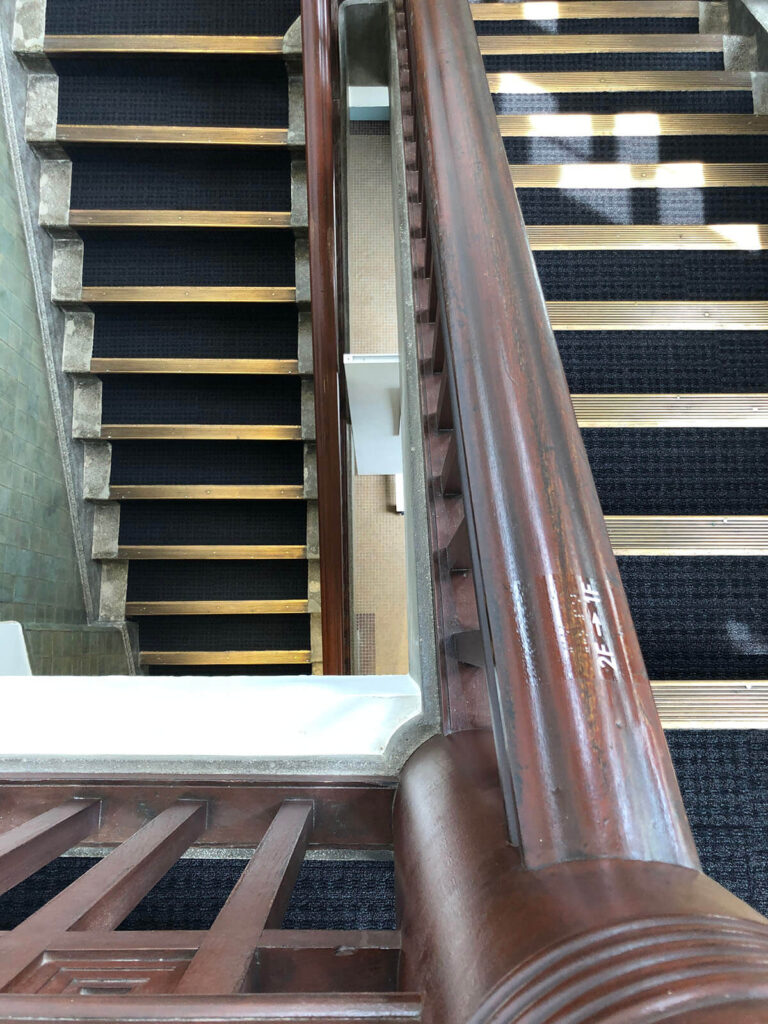
Access to Senzoku Hachiman Shrine
・Location: 2-23-10 Minami Senzoku, Ota-ku, Tokyo
・Nearest station: Senzoku Station, Tokyu Ikegami Line
Parking around Senzoku Hachiman Shrine
Senzoku Hachiman Shrine Official Website
Official Site:http://www.tokyo-jinjacho.or.jp/ota/5395/
